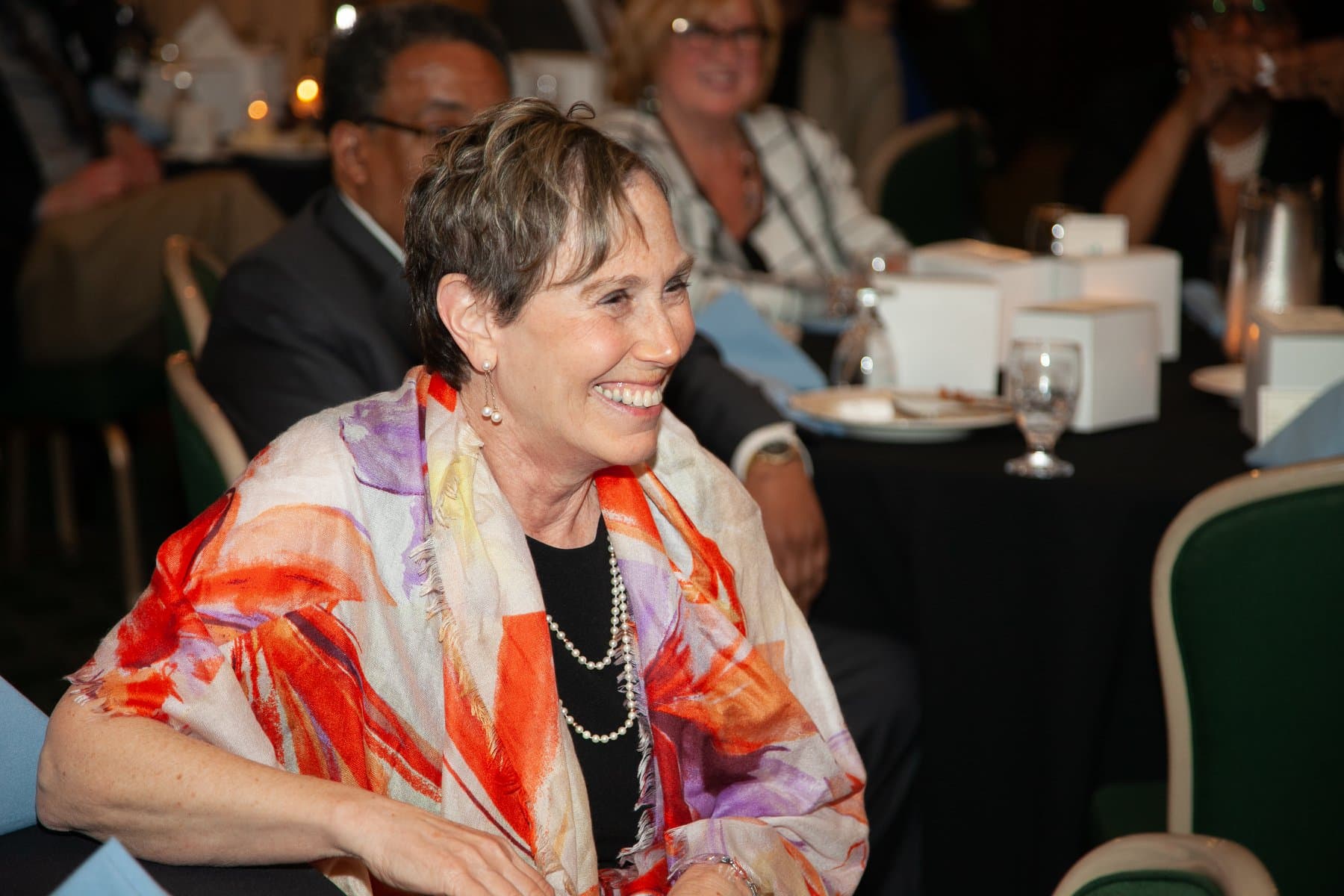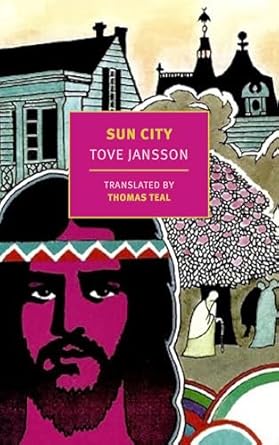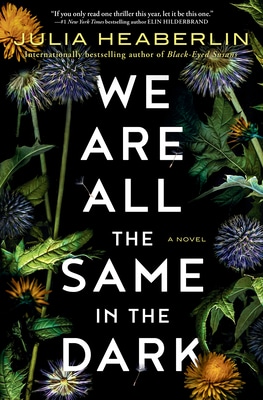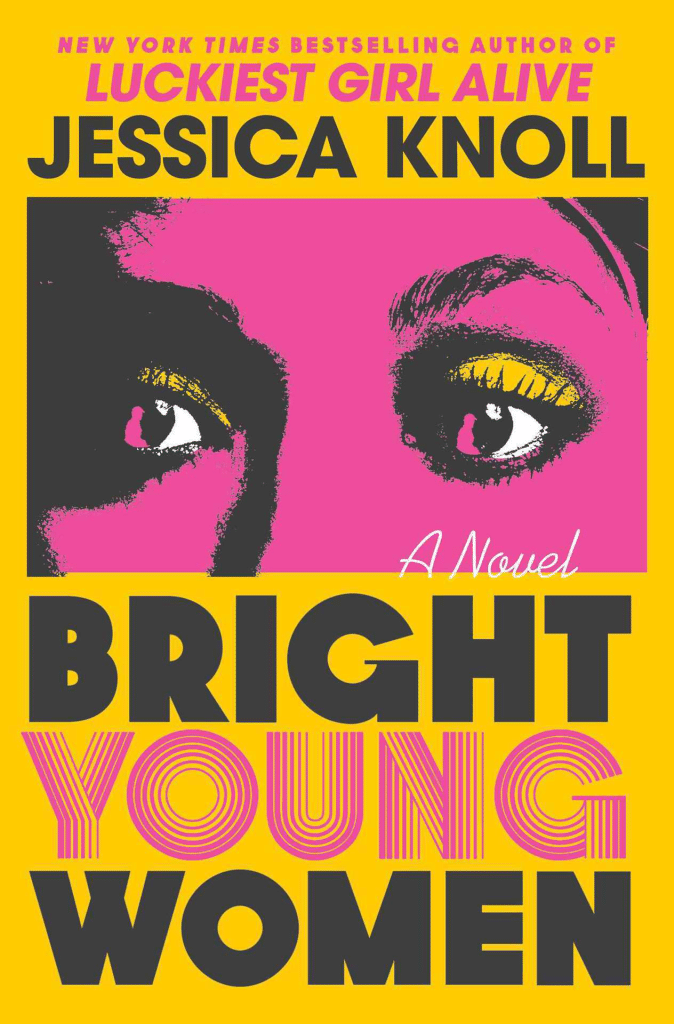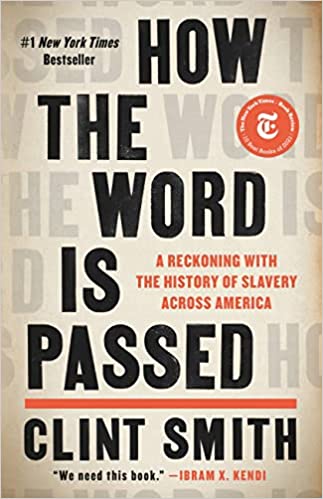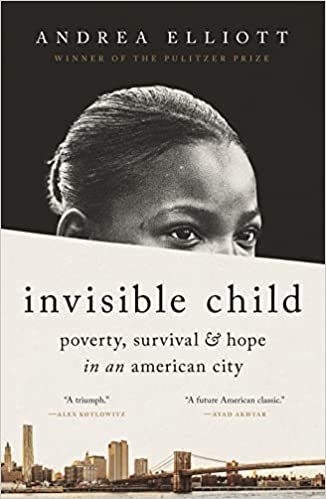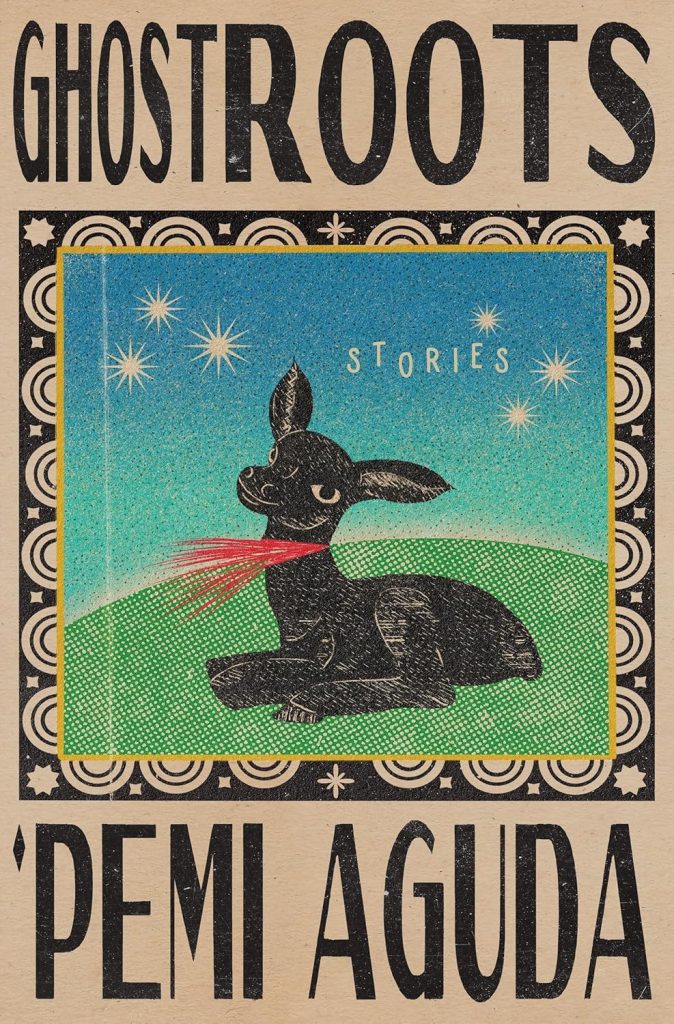Planning Our Wedding!
Estimated reading time: 12 minutes, 21 seconds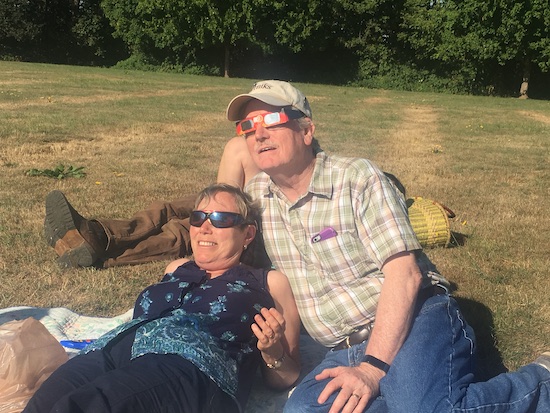
Our First Home
Sweetheart, how are you,” I asked Jan as she answered the phone early in the morning. The apartment on Maujer and Humboldt we were planning to see tomorrow may not be the right one for us. One of the members at St. Johns called the landlord, and he guessed from her voice that she was not white and refused to show her the apartment.”
It might have been a nice apartment, but we do not want to live with a landlord who discriminates.
I agreed with her. We had heard about the apartment from a friend who was moving. We had tried to avoid a real estate agent to avoid the fee.
Time is running out. I will stop by the real estate agent I know and ask what they have.”
Why don’t you wait until school is over,” Jan inquired. “That way, we can go together.”
As I was not working, I had been meeting Jan in front of Automotive High School every afternoon, so her suggestion made perfect sense.
I waited for Jan across the street as the students raced out of the building.
When she exited, my spirits lifted like a helium balloon.
I took her bag, hugged her, and kissed her sweet lips.
Holding hands, we walked like two students in love.
“That was unfortunate about the apartment,” she said. “But, not pursuing it is the correct decision.”
When we walked into the real estate office, the realtor greeted me as we had met on a few occasions, and he had helped me secure my current apartment.
“This is Jan, my fiancée!” Saying fiancee was still new to me, but it was a word that shook me from head to toe with joy.
“Nice to meet you,” he said.
We explained what we were looking for, and he quickly came up with several options.
The last one we looked at was at 542 Lorimer Street. It was a third-floor walk-up. The rooms were large, but it was a railroad apartment. It reminded me of a trailer home.
It is $135 a month, heat and hot water included, and the landlords live on the ground floor.
The rent was a third of what Jan paid and three times more than I was paying.
Jan was standing by the front windows looking at the NY skyline.
“What do you think, my love,” I whispered.
“I like it.”
Jan turned and asked the realtor if it would be available on August 1.
“Yes, it will be.”
We simultaneously said yes.
“Great, I am sure you will like this apartment!”
The realtor said he would prepare the lease and told us the amount we needed to cover the first month’s rent and security.
We shook hands as Jan, and I walked the three blocks to my apartment to get my checkbook.
As soon as we turned onto Ainslee Street, I took Jan in my arms. Looking into her eyes, I said, “We have found our first home!”
We kissed like our young lovers and walked confidently into our future.
After almost 48 years, I recently lost my wife, Jan Lilien. Like The Little Prince, Jan and I believed that “The most beautiful things in the world cannot be seen or touched, they are felt with the heart.” This blog is a collection of my random thoughts on love, grief, life, and all things considered.
